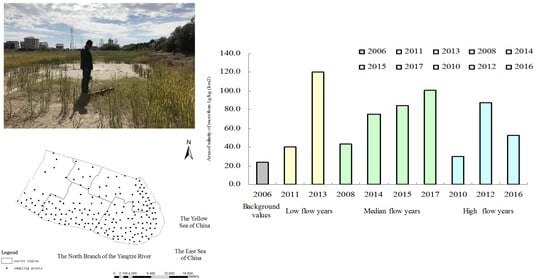Spatial and Temporal Variability of Soil Salinity in the Yangtze River Estuary Using Electromagnetic Induction
Abstract
Share and Cite
Xie, W.; Yang, J.; Yao, R.; Wang, X. Spatial and Temporal Variability of Soil Salinity in the Yangtze River Estuary Using Electromagnetic Induction. Remote Sens. 2021, 13, 1875. https://doi.org/10.3390/rs13101875
Xie W, Yang J, Yao R, Wang X. Spatial and Temporal Variability of Soil Salinity in the Yangtze River Estuary Using Electromagnetic Induction. Remote Sensing. 2021; 13(10):1875. https://doi.org/10.3390/rs13101875
Chicago/Turabian StyleXie, Wenping, Jingsong Yang, Rongjiang Yao, and Xiangping Wang. 2021. "Spatial and Temporal Variability of Soil Salinity in the Yangtze River Estuary Using Electromagnetic Induction" Remote Sensing 13, no. 10: 1875. https://doi.org/10.3390/rs13101875
APA StyleXie, W., Yang, J., Yao, R., & Wang, X. (2021). Spatial and Temporal Variability of Soil Salinity in the Yangtze River Estuary Using Electromagnetic Induction. Remote Sensing, 13(10), 1875. https://doi.org/10.3390/rs13101875






